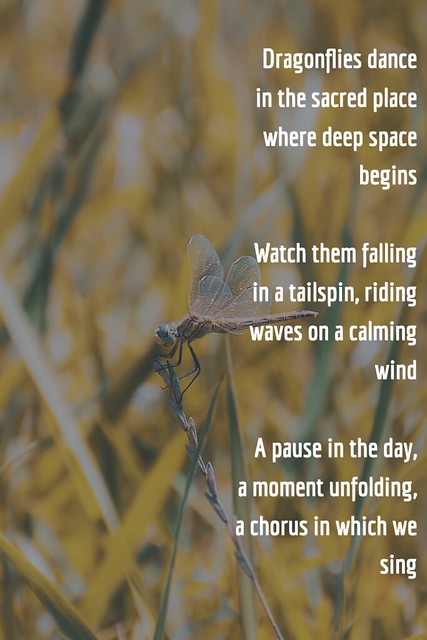I don’t remember how or when I stumbled upon the collection of Twitter bots by B.J. Best but I suspect it have been during one of the handful of Networked Narrative projects I engaged with (in one session, we all created our own bots and mine is still rolling along as the PeaceLove&Bot). The Artybots collection by Best, a poet and designer, are fascinating, particularly because they were released before this latest wave of AI Art platforms.
Here is my video collection of remixes from the ArtyBot Family:
You can learn more about his project in this podcast interview at Design Notes.
The way the ArtyBots work is that you tweet an image to the bot and then it generates an artistic response, using the original image as the base of its operations. Some of the bots are also programmed to respond to each other, connect within what he calls the Bot Family.
I decided to play with his various bots with a single image. I choose an image that was an interesting zoomed-in shot of some moss on a pavement curb. I then fed the image to the various bots, and took the results, pulling them together into the slideshow. Not all of his bots fed me back an image to use, for whatever reason, but I enjoy seeing the remixed images that did come back fade into one another in the video compilation.
Is this art? Are the computer programs artists? Who knows, anymore. (Best suggests yes, the bots are artists in his podcast interview).
Peace (and Bots),
Kevin








